Todd Phillips | 2hr 18min

When Todd Phillips created his own trauma-ridden version of Batman’s greatest nemesis in 2019, audiences were as polarised as the citizens of Gotham City. To a disillusioned minority, Arthur Fleck was an icon of bitter anarchy, seeking to tear down the broken system which drove him and so many others to madness. To critics, he was simply a glorified criminal, claiming the spotlight with little substance to back up his words and actions. This divide becomes the central tension in Phillips’ sequel, seeking to parse out the nuances missed by both sides in the debate over Arthur’s soul – and yet in doing so, Joker: Folie à Deux has met an even more troubled reception than the first.
Of course, part of this comes down to the perceived emasculation of our antihero, diverging from the tough guy persona he had artificially crafted for himself as Joker. Criticisms targeted at the duology’s surprising shift into the movie-musical genre are slightly more justified, especially given how hit-or-miss many of the numbers are, though even these condemnations fail to account for their sheer vibrance and passion. Phillips is no stranger to ambitious swings, and if there was ever a supervillain to make this leap into song and dance, then it is surely the one whose schtick is highlighting life’s senseless absurdity through colourful, extravagant theatrics.
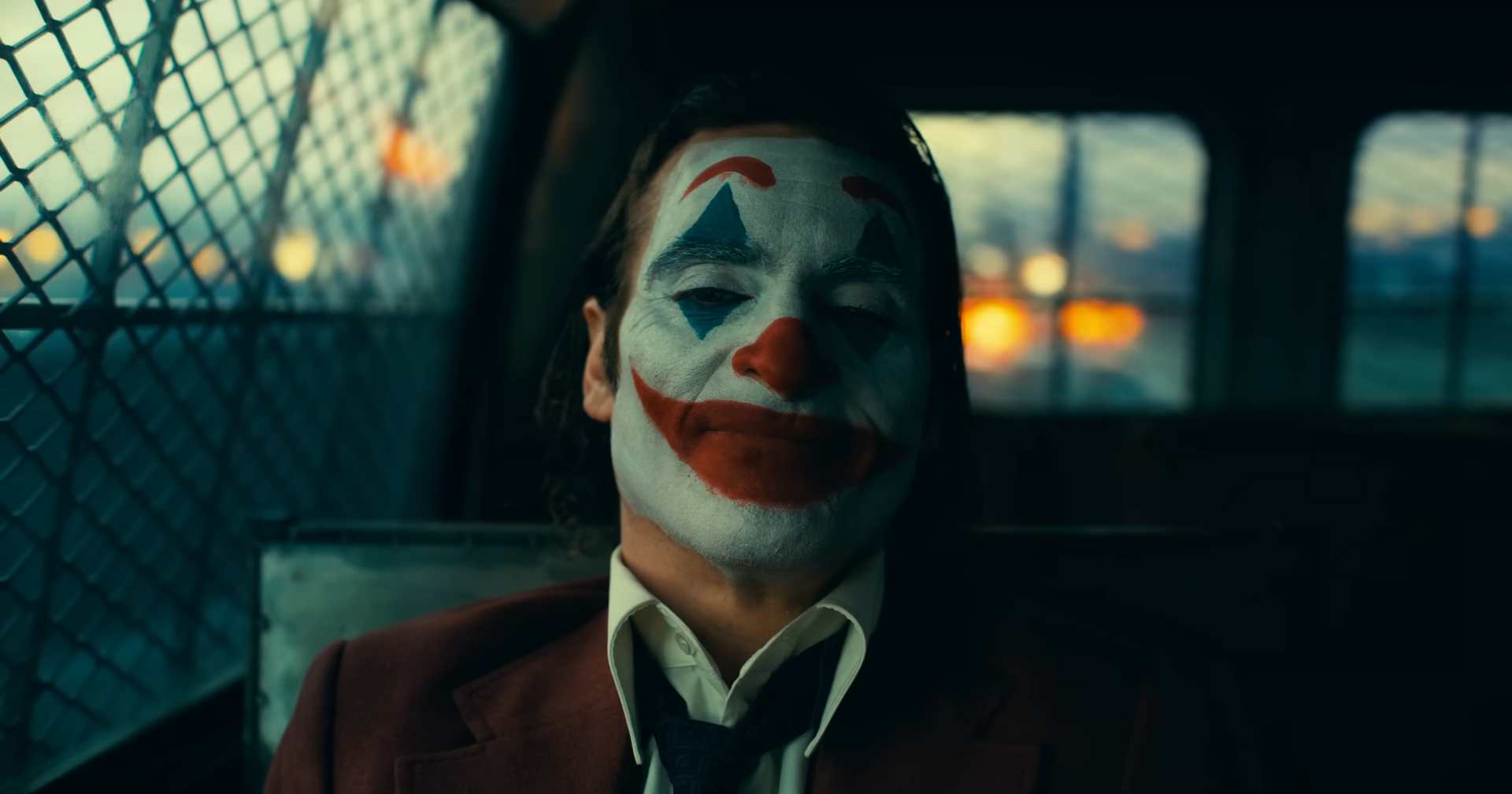
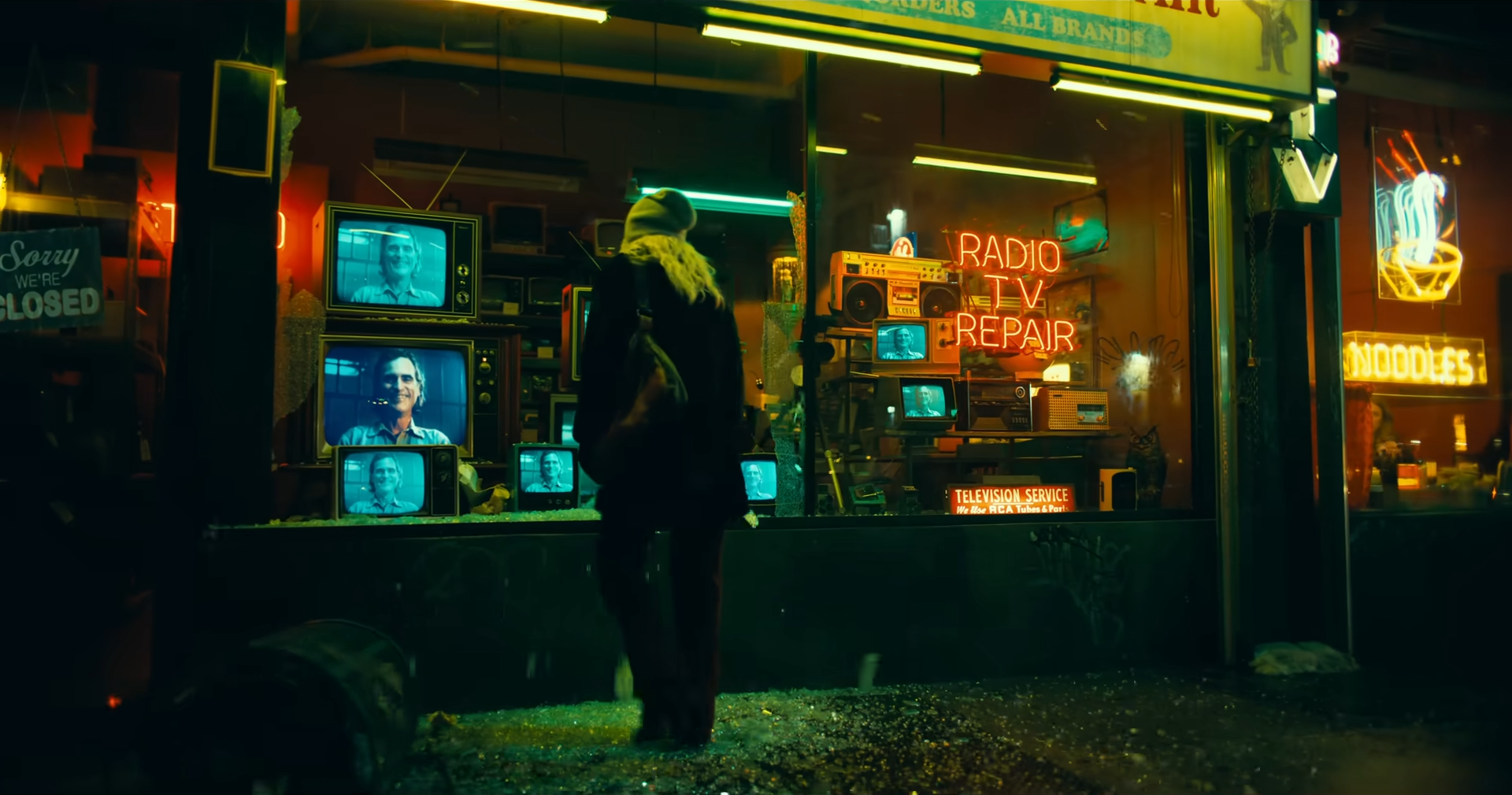

It also makes sense that Phillips should credit Francis Ford Coppola’s maligned musical One from the Heart as a major inspiration here too, featuring similarly remarkable visual craftsmanship while drawing criticisms of ‘style over substance’. Both films float by upon expressionistic dreams of romance, detaching its characters from any recognisable reality and entering a realm that exists only in their elated minds. A brief nod to The Umbrellas of Cherbourg hints at this early on in Folie à Deux, but by the time Arthur is waltzing through the grounds of a burning Arkham State Hospital with fellow patient Lee Quinzel and singing an elaborate rendition of ‘If My Friends Could See Me Now’, we are fully immersed in their ecstatically unhinged delusions.
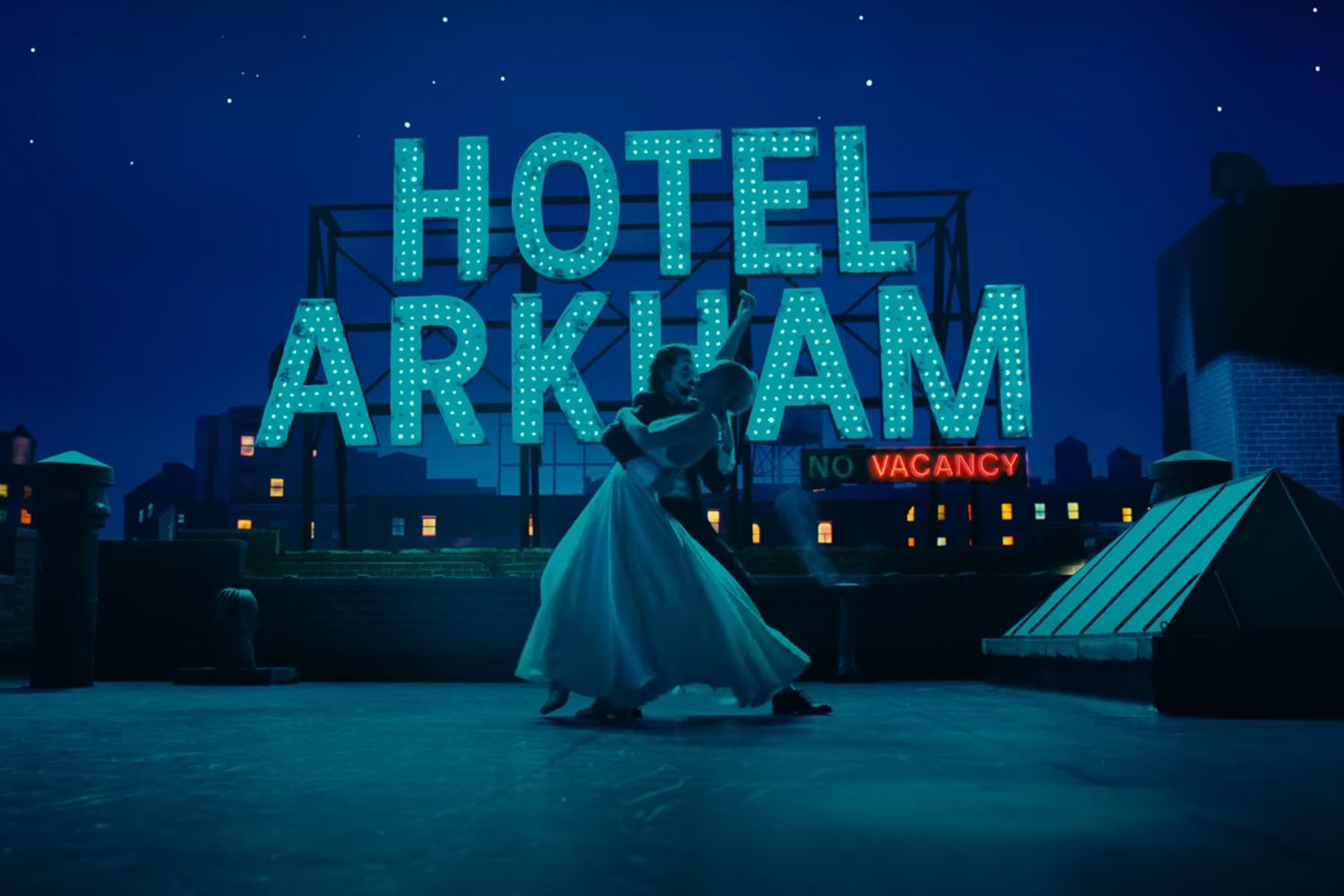
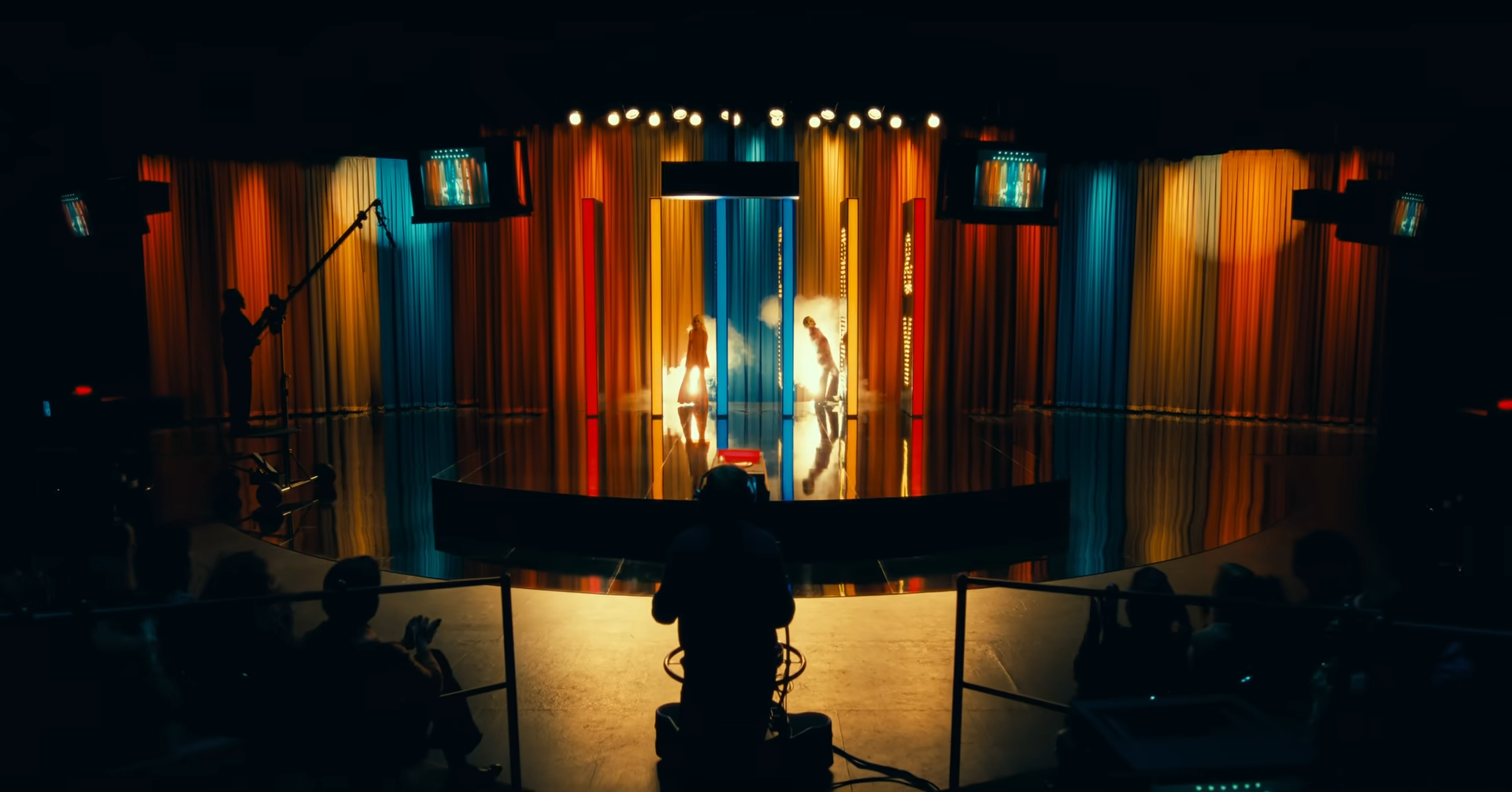
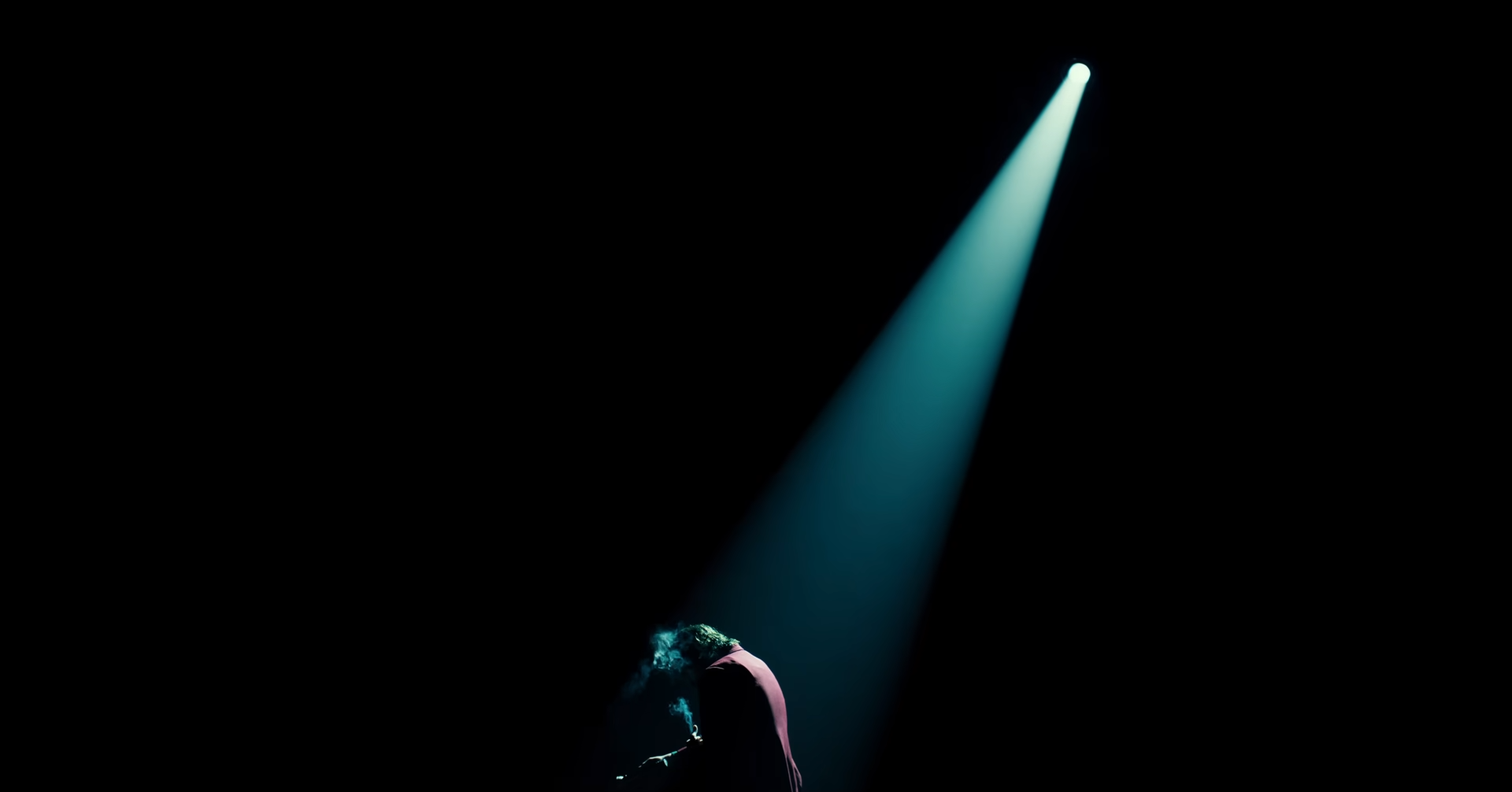
Unfortunately, the inconsistencies that plague Phillips’ direction of these scenes also happen to be among Folie à Deux’s most unflattering blemishes. Many great musicals are able express subdued emotion in duets without simply cutting back and forth between close-ups, but this is exactly the trap that he falls into here, leading to a sharp disparity between magnificently staged showstoppers and softer, blandly shot ballads. Additionally, songs that play out in creaky whispers waste the talent that comes with Lady Gaga’s otherwise inspired casting, while Joaquin Phoenix’s pitchy vocals are downright weak.
Still, Phillips is as confident as ever when it comes to his dystopian worldbuilding beyond the musical numbers, adeptly building upon the first film’s dingy ambience and grimy production design. Arkham State Hospital is one of two primary locations explored here, damning our protagonist to a hellhole flooded with murky green hues and heavy shadows, while maintaining an eerie elegance in long takes navigating its narrow hallways. The prison’s claustrophobic framing also strikes a dramatic contrast against the openness of the courtroom where Arthur revels in the limelight, violating the judge’s orders at every turn and reducing it to a circus where his Joker persona can deride the entire bureaucratic system.

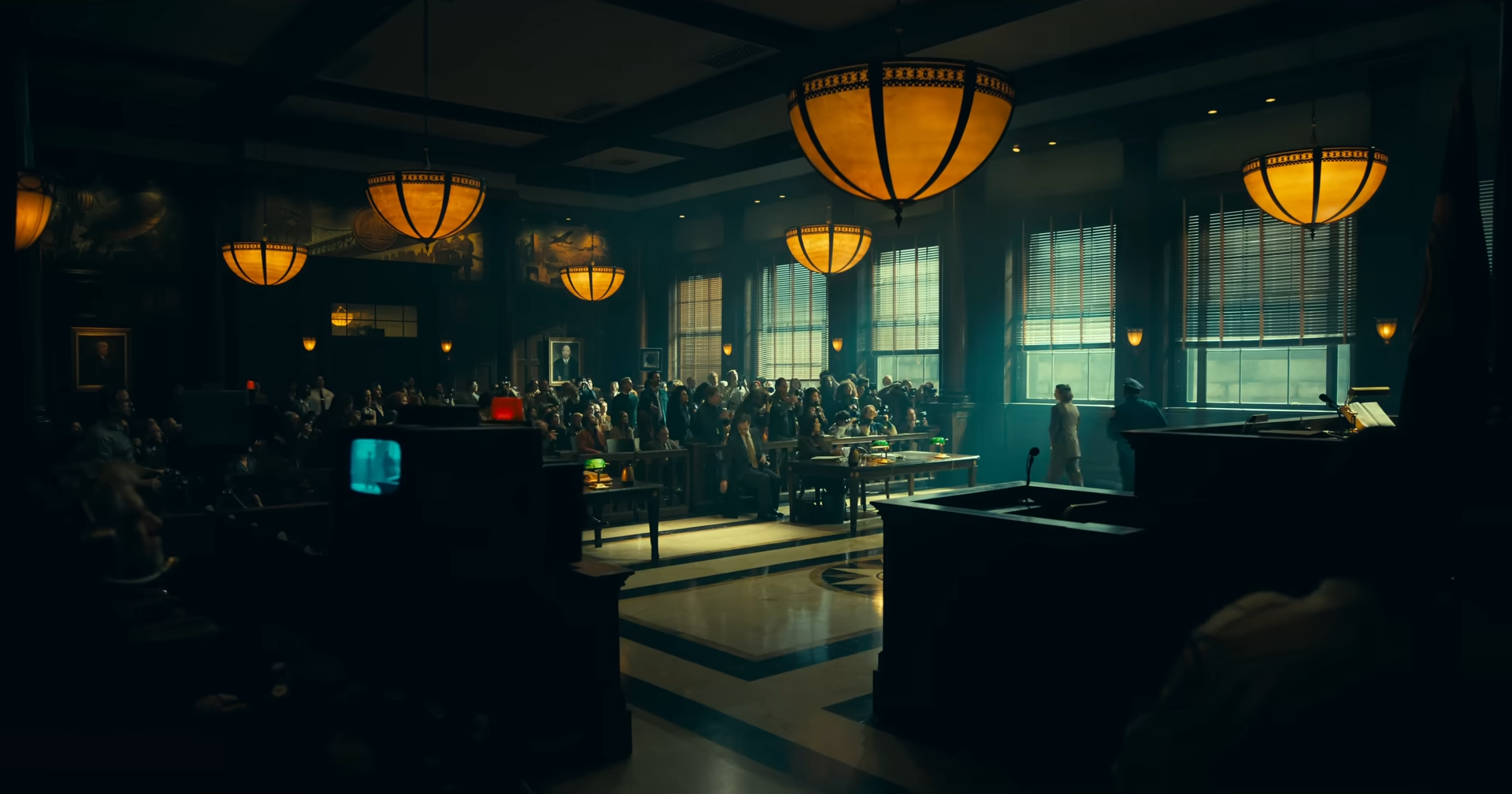
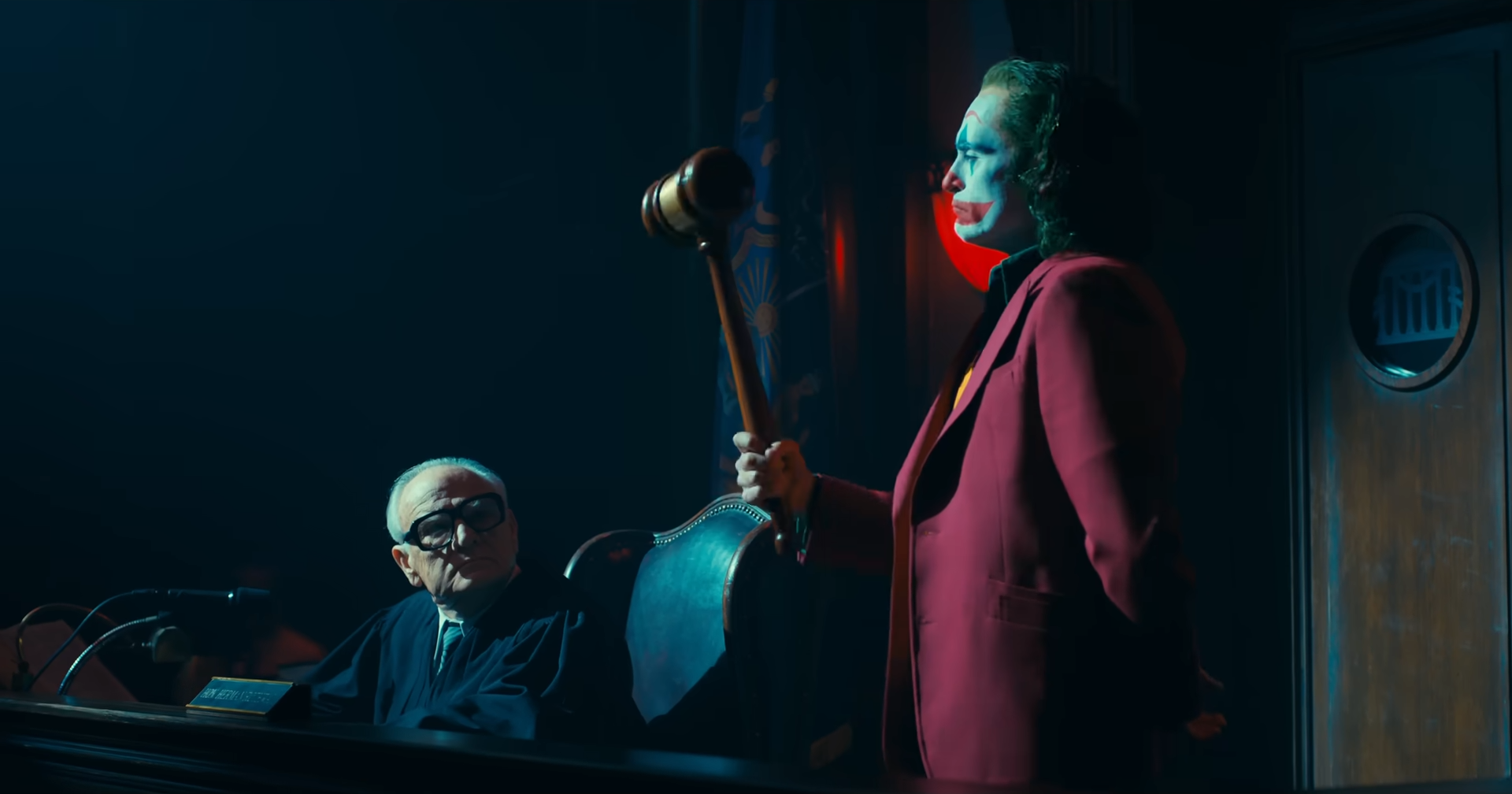
Even then though, we are left wondering – what is this all for? Arthur’s indignation does not expose any hidden evil so much as it offers a cathartic release, but that too seems dubious when he is confronted by the innocent victims of his own actions. Luckily from among his throngs of fans, Lee emerges as the woman to put such insecurities to rest, effectively embodying that fetishisation of high-profile criminals which celebrates their iconography rather than understanding their humanity. “I want to see the real you,” she murmurs as she ironically paints Arthur’s face with clown makeup, and her glitzy musical influence only serves to further shape his identity to her vision of provocative sensationalism.
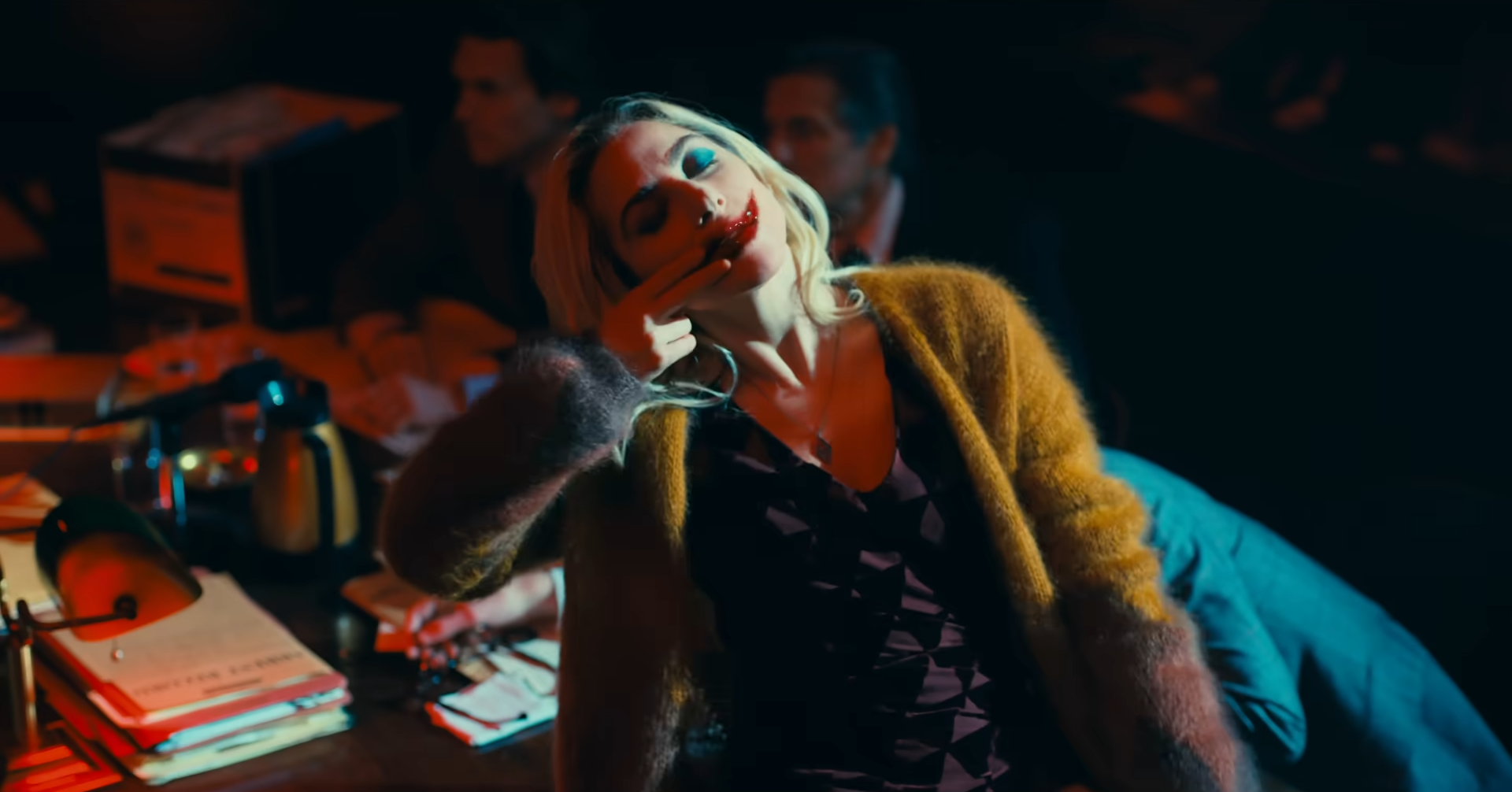
Phillips has never been a filmmaker who trades in subtlety, and while this has led to a series that aggressively beats its heavy-handed message home, it has also created some of the strongest imagery from any comic book movie in recent years. As the climax pulls Arthur through the streets of Gotham in a Children of Men-style long take and swallows him up in the dystopian monstrosity he has inadvertently created, we are reminded of what is truly at stake here. Not just “Gotham’s soul”, as The Dark Knight once operatically proclaimed – on a much smaller scale, Folie à Deux possesses a twisted kind of sympathy for broken individuals who respond to one evil with another, and a crushing lack of faith that righteous, even-handed justice will ever be served.
Joker: Folie à Deux is currently streaming on HBO Max.
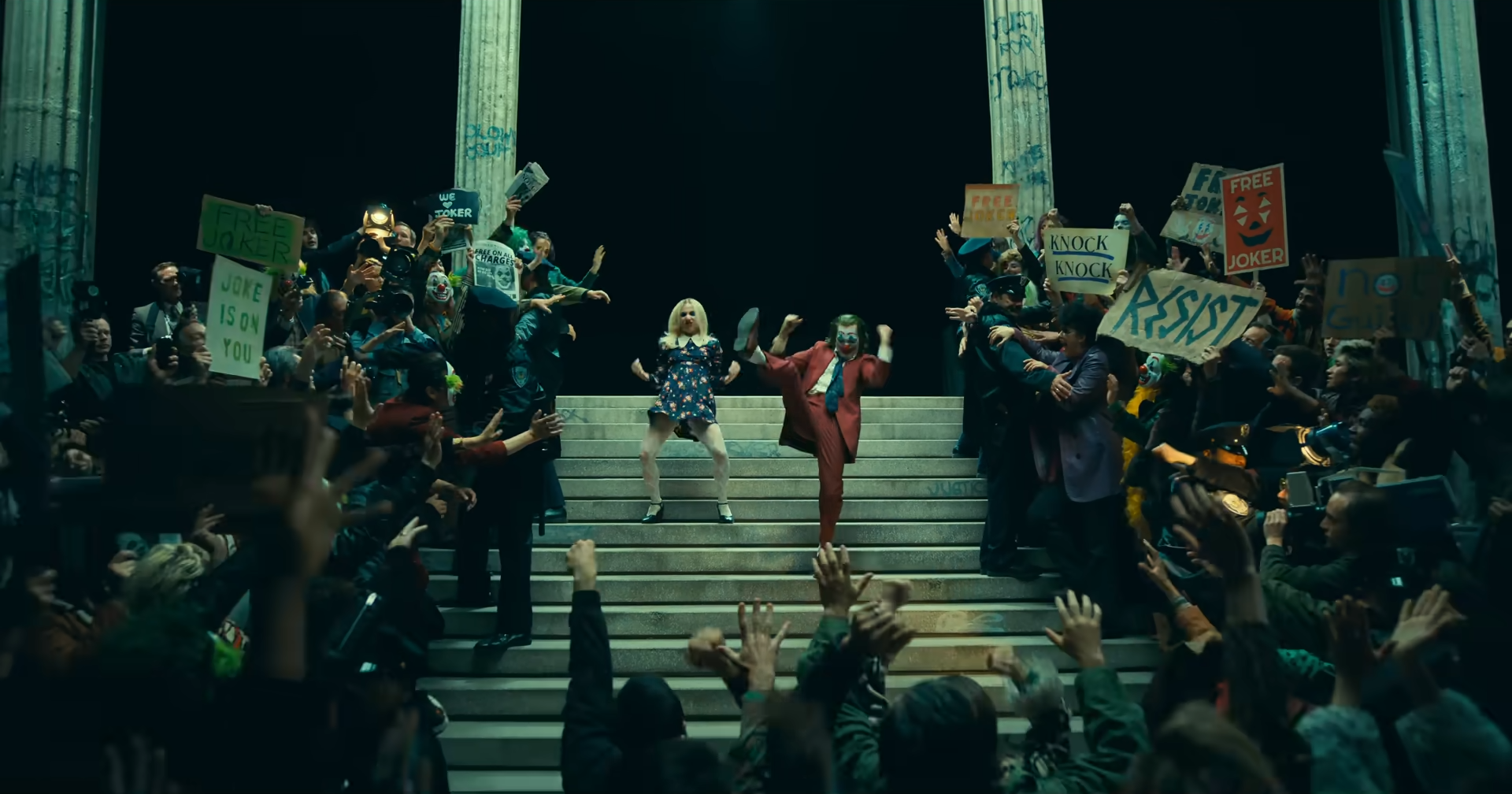

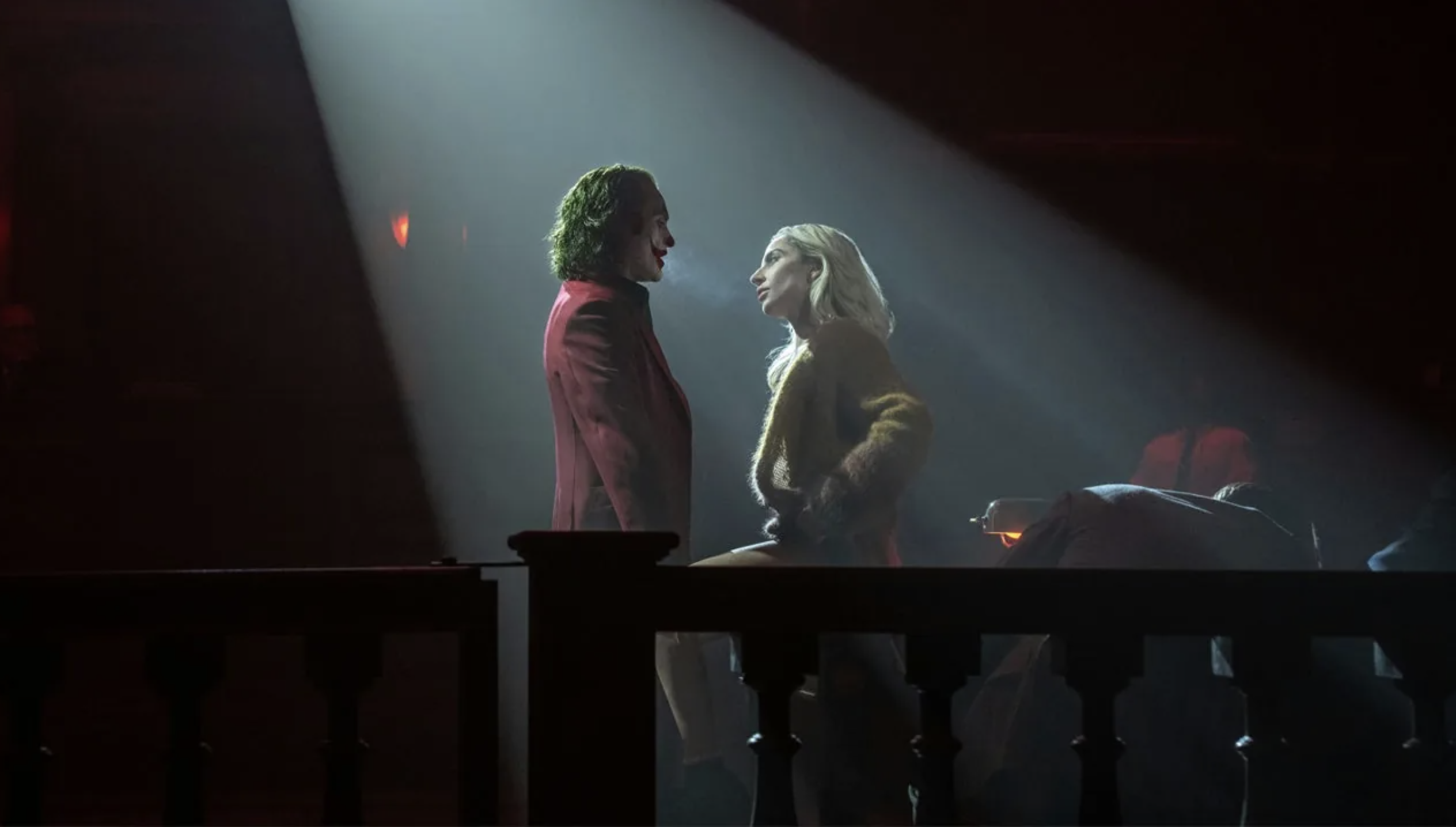
The final image you picked the one where Phoenix & Gaga are dancing infront of the building is not in the actual film I believe.
I know there was another image similar to this one where they are doing the dance on the long, steep steps from the first film, and I know that image wasn’t used in this one: https://images.theconversation.com/files/623588/original/file-20241004-15-yhkkn9.jpg?ixlib=rb-4.1.0&rect=33%2C16%2C5617%2C3541&q=20&auto=format&w=320&fit=clip&dpr=2&usm=12&cs=strip
Unless I’m mistaken though, I think I remember them doing the dance in front of the courthouse.
I watched this one in the theatre and the dance in front of the court room wasn’t in it. Or the scene with Gaga in the elevator. I think both were cut. There were in the trailer only I think. Maybe they are included in the home media release. Megalopolis has had some tinkering done too. The visible boom mic in the “Go back to the Club” scene is removed as is the ringing sound when Plaza says bitch to Emmanuel in the elevator. They were in the trailer or clips online.
The yellow hanging lamps shot is amazing btw. This production design with the big yellow hanging lamps add so much to the film because most of the film takes place in the courtroom.
For sure, it’s a great set detail that elevates those scenes.
Pingback: 2024 in Cinema – Scene by Green